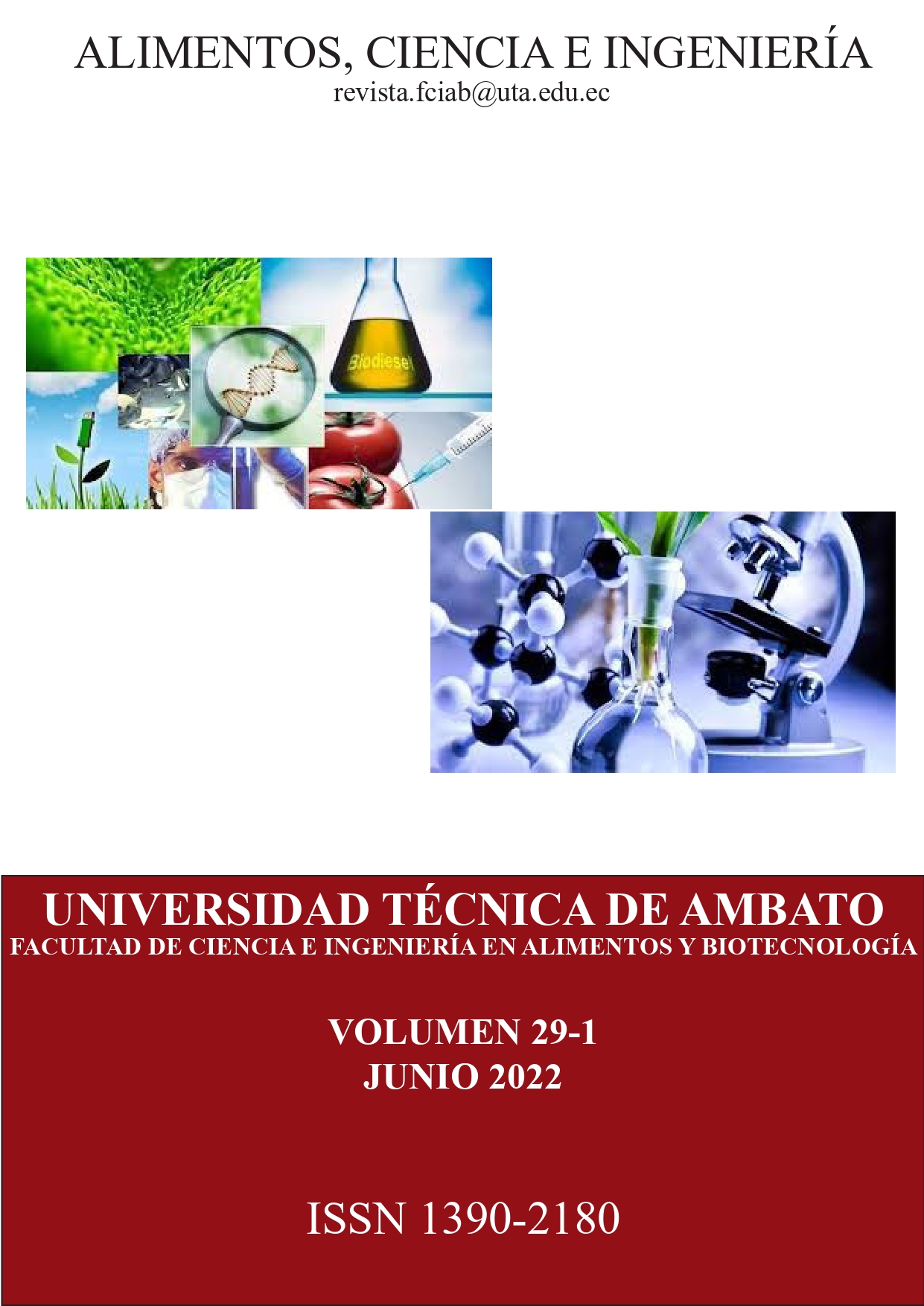Síntesis de complejos de Ni con ligandos carbeno N- Heterocíclico. Aplicación en reacciones de acoplamiento C-C de Suzuki
Contenido principal del artículo
Resumen
Metalodendrymers are very important compounds in the area of catalysis. In the present study, dendritic nickel organometalic compounds with N-heterocyclic carbene ligands are synthesized, using Frechét-type poly (aryl ether) dendrons. The prepared compounds were used to apply them in catalytic processes such as the Suzuki reaction for C-C couplings. The present study proposes the structural analysis of the compounds by spectroscopic and crystalographic techniques, as well as the performance of this type of catalyst in the Suzuki coupling reaction followed by chromatographic techniques, it was concluded that dendritic nickel organometallic compounds with ligands N-heterocyclic carbene are obtained with yields greater than 80%, they present cis-trans isomerism, according to the relative position of the ligands in the square-plane environment of nickel, as well as the syn-anti isomerism due to the slow rotation around to the Ni-C axis and the position of the mesityls located on both carben ligands or on opposite sides of the complex plane. The activity of the catalyst in the Suzuki coupling reaction decreases in the second cycle, despite this it reaches a conversion of 72% in 120 minutes.
Descargas
Detalles del artículo

Esta obra está bajo una licencia internacional Creative Commons Atribución-NoComercial 4.0.
Aquellos autores/as que tengan publicaciones con esta revista, aceptan los términos siguientes:
a. Los autores/as conservarán sus derechos de copiar y redistribuir el material, bajo los términos estipulados en la Licencia de reconocimiento, no comercial que permite a terceros compartir la obra bajo las siguientes condiciones:
Atribución: debe dar el crédito apropiado, proporcionar un enlace a la licencia e indicar si se realizaron cambios. Puede hacerlo de cualquier manera razonable, pero no de ninguna manera que sugiera que el licenciante lo respalda a usted o su uso.
No comercial: no puede utilizar el material con fines comerciales.
Sin restricciones adicionales: no puede aplicar términos legales ni medidas tecnológicas que restrinjan legalmente a otros hacer cualquier cosa que la licencia permita.
Citas
C. Roberts, M. K. Bhalgat, and R. T. Zera, “Preliminary biological evaluation of polyamidoamine (PAMAM) Starburst dendrimers.,” J. Biomed. Mater. Res., vol. 30, no. 1, pp. 53–65, Jan. 1996, doi: 10.1002/(SICI)1097-4636(199601)30:1<53::AID-JBM8>3.0.CO;2-Q.
K. Matsubara, K. Ueno, and Y. Shibata, “Syn-thesis and Structures of Nickel Ha-lide Complexes Bearing Mono- and Bis-coordinated N-Heterocyclic Car-bene Ligands, Catalyzing Grignard Cross-Coupling Reactions,” Organo-metallics, vol. 25, pp. 3422–3427, 2006.
D. A. Tomalia, “Birth of a new macromolecular architecture: dendrimers as quantized building blocks for nanoscale synthe-tic organic chemistry,” Aldrichimica Acta, vol. 37, no. 2, pp. 39–57, 2004.
W. A. Herrmann, “N-Heterocyclic Carbe-nes: A New Concept in Organometa-llic Catalysis,” Angew. Chemie Int. Ed., vol. 41, no. 8, pp. 1290–1309, Apr. 2002, doi: https://doi.org/10.1002/1521-3773(20020415)41:8<1290::AID-ANIE1290>3.0.CO;2-
Y.C. J. Hawker and J. M. J. Frechet, “Prepa-ration of polymers with controlled molecular architecture. A new con-vergent approach to dendritic ma-cromolecules,” J. Am. Chem. Soc., vol. 112, no. 21, pp. 7638–7647, Oct. 1990, doi: 10.1021/ja00177a027.
T. Fujihara, Y. Obora, M. Tokunaga, H. Sato, and Y. Tsuji, “Dendrimer N-hete-rocyclic carbene complexes with rhodium(i) at the core,” Chem. Commun., no. 36, pp. 4526–4528, 2005, doi: 10.1039/B506927K


